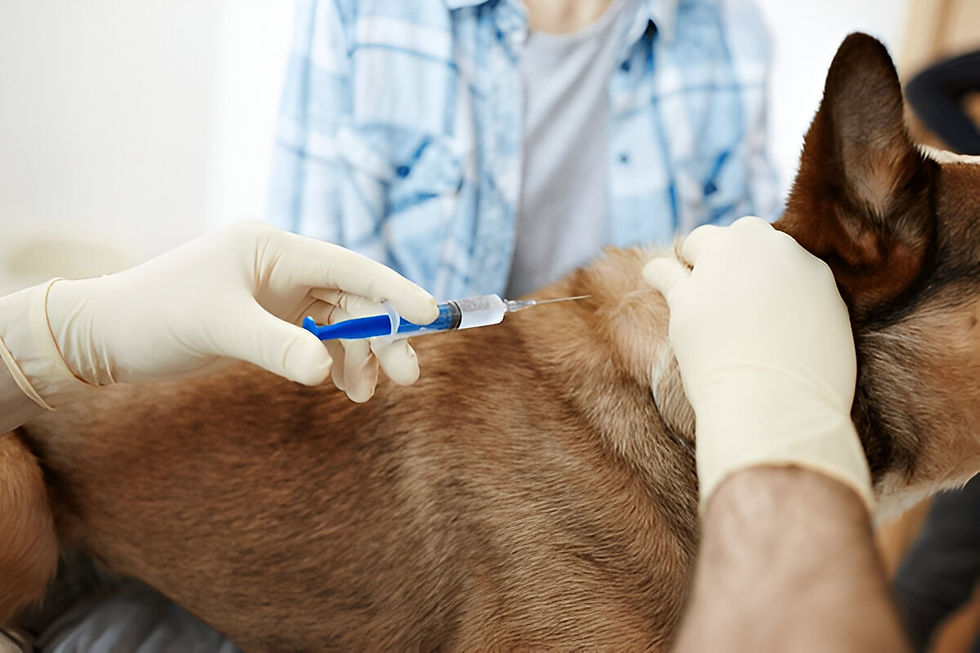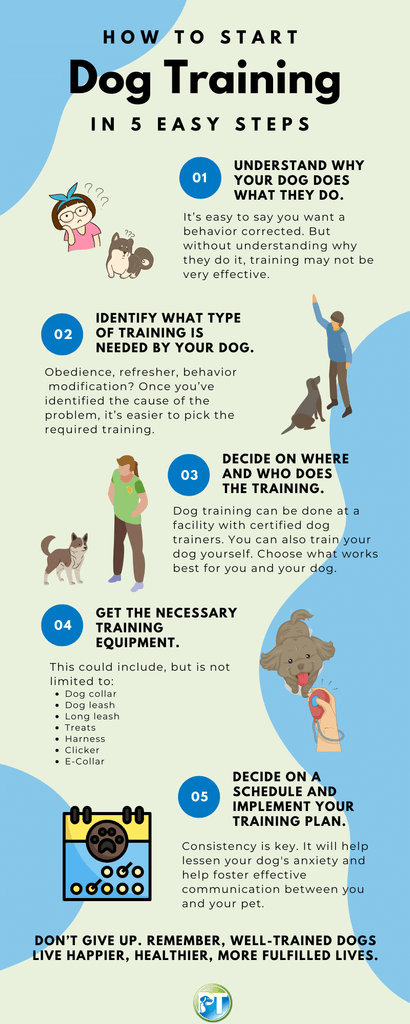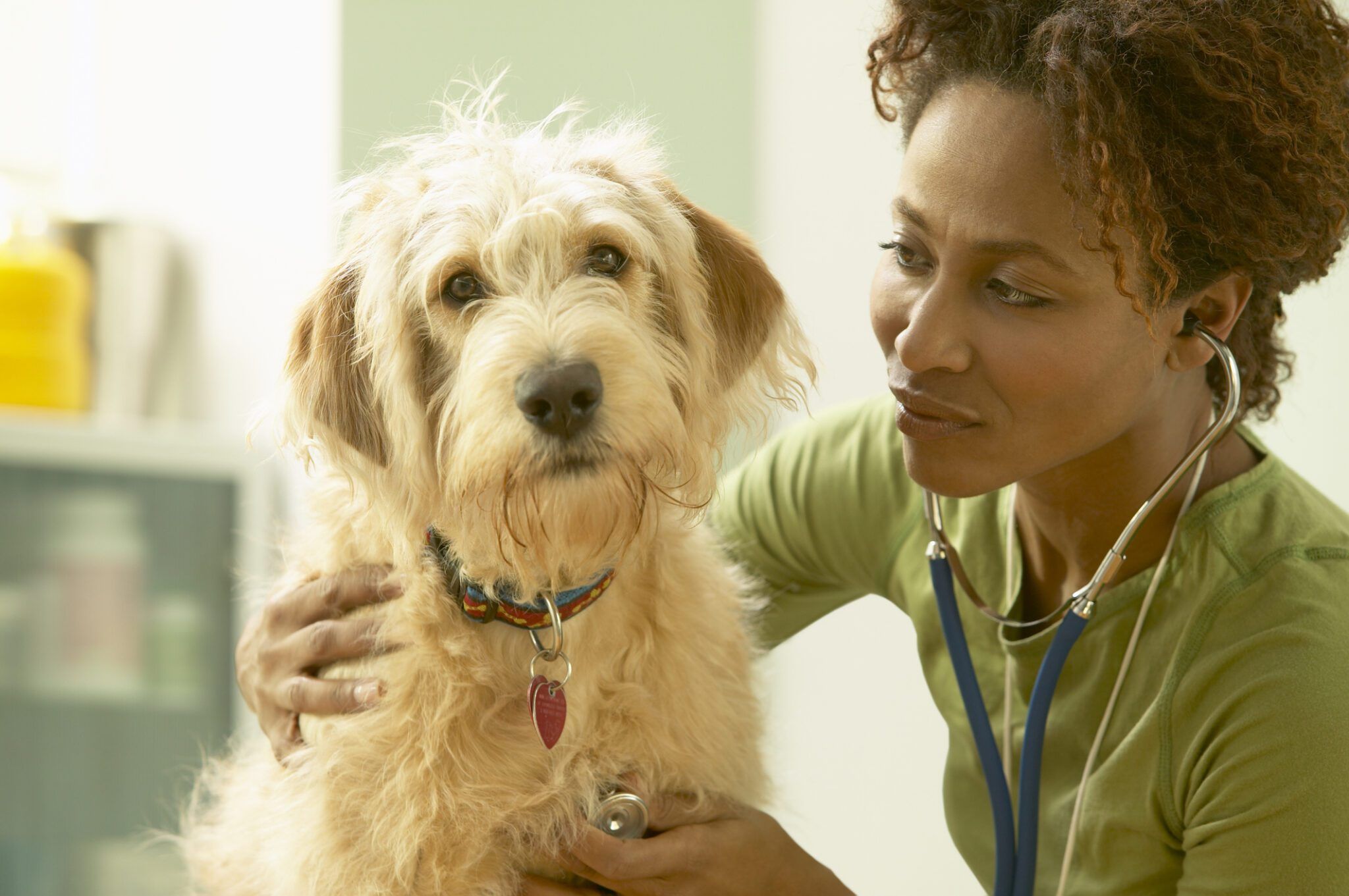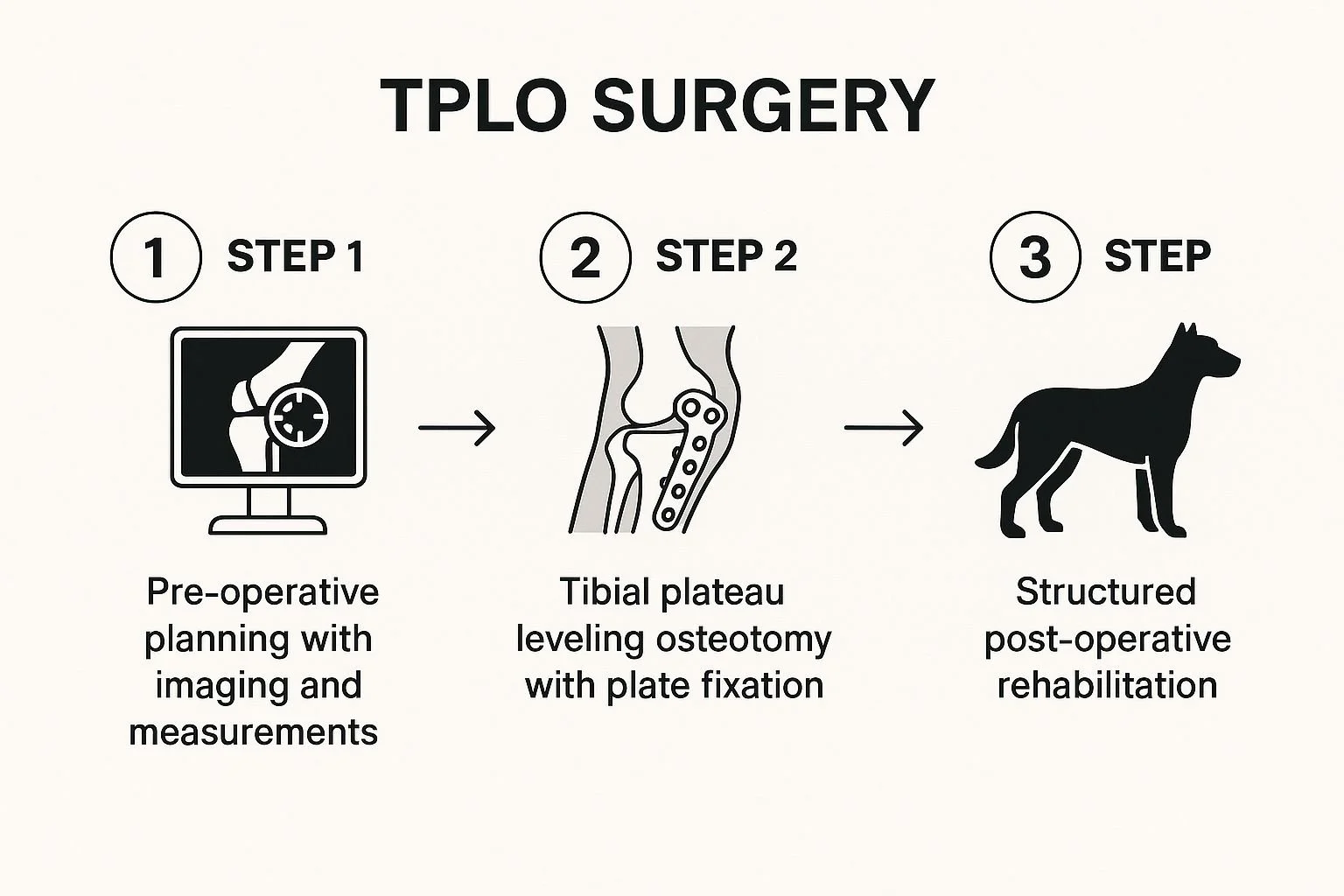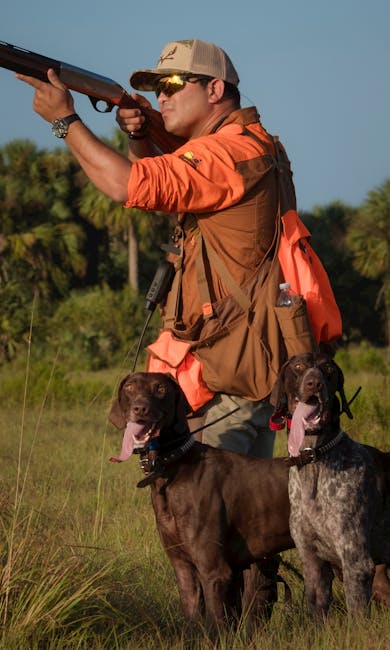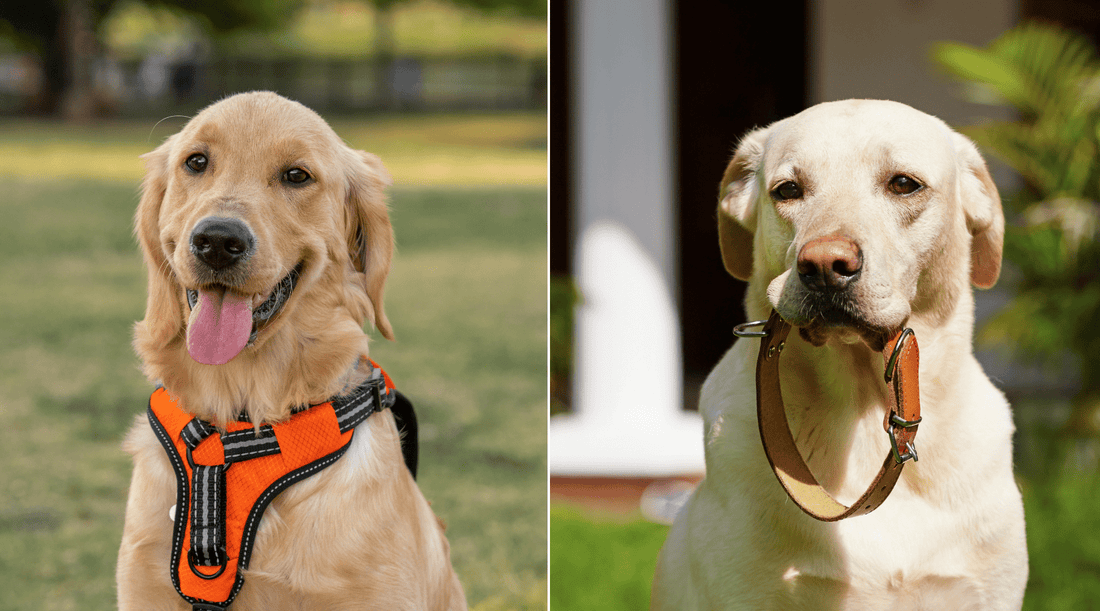Have you ever wondered if your dog actually likes wearing a collar? You might think it’s just a simple accessory, but for your furry friend, it can mean a lot more.
Understanding how your dog feels about their collar can help you keep them comfortable and happy every day. You’ll discover the surprising truths about dogs and collars—what they really think, why some resist wearing them, and how you can make the experience better for your best friend.
Keep reading, because what you learn here could change the way you care for your dog forever.

Credit: www.outdoorlife.com
Why Dogs Wear Collars
Dogs wear collars for many important reasons. A collar is more than just a piece of leather or nylon. It helps keep dogs safe, assists in training, and can even show off a dog’s style. Understanding why dogs wear collars helps owners make better choices for their pets.
Identification And Safety
Collars hold ID tags with the dog’s name and owner’s contact. This helps return lost dogs quickly. Reflective collars improve visibility during night walks. A collar also allows attaching a leash for control in public places. It keeps dogs safe and nearby.
Training Purposes
Many collars help with training by guiding dogs gently. Trainers use special collars to teach commands and good behavior. They help dogs learn boundaries and rules. Training collars come in different types for different needs.
Fashion And Accessories
Collars come in many colors, patterns, and materials. Owners choose collars to match their dog’s personality and look. Some collars have charms or decorations for extra style. Fashion collars make dogs stand out and look cute.

Credit: petiquettecollars.co.uk
How Dogs Feel About Collars
Understanding how dogs feel about wearing collars is key to ensuring their comfort and well-being. Dogs don’t express discomfort the way humans do, so it’s up to you to observe their reactions closely. Their feelings about collars can vary widely depending on several factors, including the collar’s fit, their behavior, and even their breed and personality.
Comfort And Fit Matters
A collar that fits well can make all the difference in how your dog feels. If it’s too tight, it can cause pain or irritation. Too loose, and it might slip off or get caught, creating anxiety for your dog.
Look for collars made from soft, breathable materials to avoid chafing. Adjust the fit regularly, especially for growing puppies. Have you checked your dog’s collar recently to make sure it’s just right?
Behavioral Reactions
Some dogs may scratch, shake their heads, or try to remove their collars, signaling discomfort. Others might freeze or avoid eye contact, showing subtle signs of stress. Watching these behaviors can help you decide if the collar is causing trouble.
Positive reactions include relaxed body language and willingness to wear the collar without fuss. Reward your dog with treats or praise to build a positive association. What’s your dog’s usual reaction when you put on their collar?
Breed And Personality Differences
Small breeds with delicate necks often need lighter, softer collars compared to larger breeds. Some dogs are naturally more tolerant of wearing collars, while others are sensitive or fearful. Your dog’s personality plays a big role in how they perceive collar-wearing.
For example, a calm Labrador may barely notice a collar, while a nervous Chihuahua might resist it. Tailoring the collar choice to your dog’s unique needs shows you care about their comfort. Have you noticed your dog’s personality affecting how they handle their collar?
Common Problems With Collars
Collars are a common accessory for dogs, but they can sometimes cause issues that affect your pet’s comfort and health. Understanding these common problems helps you spot trouble early and make better choices for your furry friend. Let’s look at some concerns you should watch out for when your dog wears a collar.
Skin Irritation And Allergies
Many dogs develop redness, itching, or hair loss around the collar area. This often happens because of constant rubbing or allergic reactions to materials like nylon, leather, or metal. If you notice your dog scratching or biting at their neck, check the collar for rough edges or signs of moisture buildup.
Switching to hypoallergenic collars or softer fabrics can reduce irritation. Also, cleaning the collar regularly prevents bacteria and dirt from worsening the problem. Have you noticed your dog’s collar area looking raw or inflamed? That’s a clear signal to try a different style or material.
Choking And Injury Risks
Collars that are too tight or worn during active play can pose choking hazards. Dogs pulling on the leash may strain their neck or even cause injury if the collar catches on something. It’s crucial to fit the collar properly—snug but not tight enough to pinch or restrict breathing.
Consider switching to harnesses for dogs that pull hard or have neck sensitivity. Your dog’s safety is worth reevaluating their gear if you observe coughing, gagging, or sudden changes in behavior during walks. What’s your dog’s reaction when the collar feels tight or restrictive?
Collars And Anxiety
Some dogs associate collars with uncomfortable experiences like vet visits or leash restraints, which can lead to anxiety. Wearing a collar may trigger stress signals like trembling, whining, or attempts to remove it. This reaction can make training and daily walks challenging for both you and your dog.
Try introducing the collar gradually and pair it with positive rewards to build comfort. Choosing lightweight, flexible collars might also help reduce stress. Have you tried observing your dog’s body language the moment you put on their collar? It might reveal how they really feel about it.
Alternatives To Traditional Collars
Traditional collars may not suit every dog’s comfort or behavior. Some dogs feel restricted or uneasy wearing them. Exploring other options can help you find a better fit for your pet’s needs. These alternatives offer control and comfort without causing stress.
Harnesses
Harnesses wrap around a dog’s chest and shoulders, not the neck. They distribute pressure evenly, reducing strain on the throat. Many dogs find harnesses more comfortable than collars. They also provide better control during walks. Harnesses come in various styles to fit different dog sizes and activities.
Head Collars
Head collars fit around the dog’s muzzle and neck gently. They guide the head to control direction without pulling on the throat. This option works well for dogs that pull or lunge. It helps train better walking habits without harsh force. Dogs usually get used to head collars after a short adjustment period.
No-pull Solutions
No-pull devices combine harness and collar benefits to stop pulling. They redirect a dog’s motion safely and comfortably. These tools teach dogs to walk beside their owner calmly. Many no-pull solutions have padded straps for extra comfort. They offer a gentle way to improve leash manners and reduce pulling issues.
Tips For Choosing The Right Collar
Choosing the right collar for your dog is more than just picking a pretty accessory. It affects their comfort, safety, and how well they respond during walks. Paying attention to key details can make a big difference in your dog’s collar experience.
Material And Design
Look for collars made from soft, durable materials like nylon or leather. These materials offer comfort and can withstand daily wear. Avoid collars with rough edges or heavy hardware that might irritate your dog’s skin.
Consider the design carefully. Some collars have reflective strips for better visibility at night, which adds a safety layer. If your dog has sensitive skin, hypoallergenic materials can prevent itching or rashes.
Proper Sizing
Measure your dog’s neck before buying a collar. A collar that’s too tight can cause discomfort or breathing issues, while one that’s too loose might slip off. You should be able to fit two fingers comfortably between the collar and your dog’s neck.
Keep in mind that puppies grow quickly, so adjustable collars are a smart choice. Regularly check the fit as your dog grows or gains weight. This simple step avoids unnecessary trips to the vet for collar-related injuries.
Adjusting To Your Dog’s Needs
Every dog is unique, and their collar should reflect that. If your dog pulls a lot, a martingale or front-clip harness might be better than a traditional collar. For dogs with behavioral challenges, collars with special features like quick-release buckles can be lifesavers.
Think about your dog’s daily activities. Does your dog swim often? Choose a collar that dries quickly and resists mildew. Does your dog have allergies? Select collars free of harsh dyes or chemicals. Meeting your dog’s specific needs shows you truly care.
Training Your Dog To Accept A Collar
Getting your dog comfortable with wearing a collar can feel like a challenge, but patience and the right approach make all the difference. Your dog’s first experiences with the collar set the tone for how they feel about it later. You want to create positive associations and avoid any fear or discomfort right from the start.
Gradual Introduction
Start by letting your dog see and sniff the collar before putting it on. Hold it near them during playtime or feeding to build curiosity rather than fear.
Try placing the collar on for just a few seconds at first, then remove it. Slowly increase the time over several days, so your dog gets used to the sensation without feeling trapped.
Positive Reinforcement
Use treats and praise every time your dog allows the collar to be put on. Reward them for calm behavior while wearing it to link the collar with good things.
If your dog resists, pause and try again later. Never force the collar on, as this can create negative associations and slow progress.
Monitoring Behavior Changes
Watch for signs of discomfort like scratching, biting, or pawing at the collar. Some initial fussing is normal, but persistent irritation means you may need to adjust the fit or material.
Ask yourself: Is the collar too tight or heavy? Is your dog showing stress or anxiety? Adjusting these factors can make a big difference in acceptance.
When To Remove Or Replace A Collar
Knowing when to remove or replace a dog’s collar is important for your pet’s comfort and safety. Collars can cause problems if they do not fit well or get damaged. Regular checks help avoid injury and discomfort.
Signs Of Discomfort
- Scratching or biting at the collar area
- Redness or sores on the neck
- Whining or acting restless when wearing the collar
- Difficulty breathing or swallowing
These signs mean the collar might be too tight or irritating. Remove it immediately to prevent harm.
Growth And Size Changes
Puppies grow fast. Their collars can become too small quickly. A collar that fits yesterday may be tight today. Check the fit regularly to allow room for two fingers between collar and neck.
Adjust or replace the collar to match your dog’s size. A collar that is too loose may slip off, while a tight one can choke or hurt.
Wear And Tear
Collars can get damaged over time. Look for frayed fabric, broken buckles, or rusted metal parts. These can break suddenly and cause your dog to escape or get injured.
Replace worn collars promptly. A sturdy, intact collar keeps your dog safe and comfortable.

Credit: www.wagtrendz.com
Frequently Asked Questions
Do Dogs Feel Comfortable Wearing Collars?
Most dogs adapt well to collars, but comfort varies. Choose a collar that fits well and isn’t too tight. Regularly check for signs of discomfort or irritation. Introduce the collar slowly, and provide positive reinforcement to help your dog associate it with good experiences.
How Can I Choose The Right Collar For My Dog?
Select a collar based on your dog’s size and activity level. Measure your dog’s neck to ensure a proper fit. Consider material and adjustability for maximum comfort. For active dogs, durable and breathable materials work best. Always check for signs of wear and replace the collar as needed.
Are There Health Risks Associated With Collars?
Collars can pose health risks if not used properly. Tight collars may cause skin irritation or restrict breathing. Regularly check for fit and comfort to prevent injury. Avoid leaving collars on unsupervised dogs to reduce the risk of choking. Consult a vet for advice on collar types.
Do Dogs Prefer Harnesses Over Collars?
Some dogs prefer harnesses for comfort and control. Harnesses distribute pressure evenly and reduce neck strain. Active dogs or those with respiratory issues may benefit more from harnesses. Experiment with both options to see which your dog prefers. Positive reinforcement can help in the transition process.
Conclusion
Dogs react to collars in many ways. Some enjoy wearing them, while others may not. Comfort and fit matter most for your dog’s happiness. Choose collars made from soft, lightweight materials. Watch your dog’s behavior closely after putting on a collar.
Adjust or change it if your dog seems upset. A happy dog means a happy owner. Collars help keep dogs safe and identified. Remember, patience and care make collar wearing easier for dogs.

